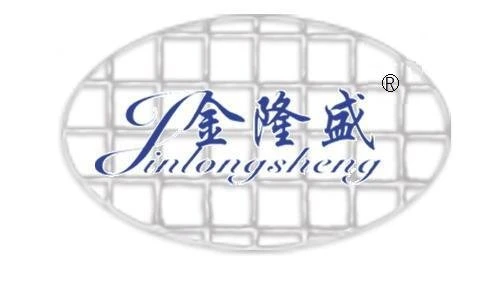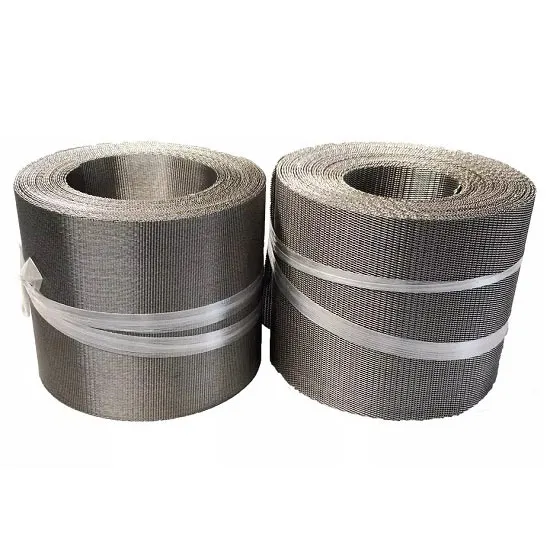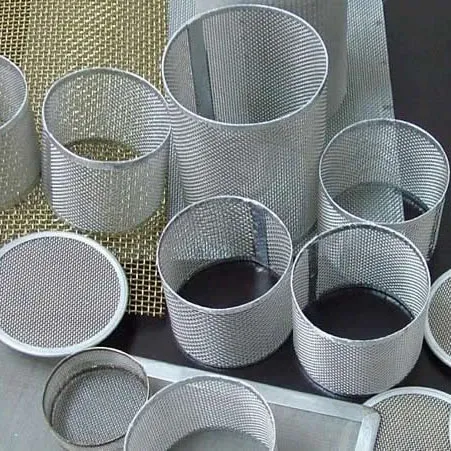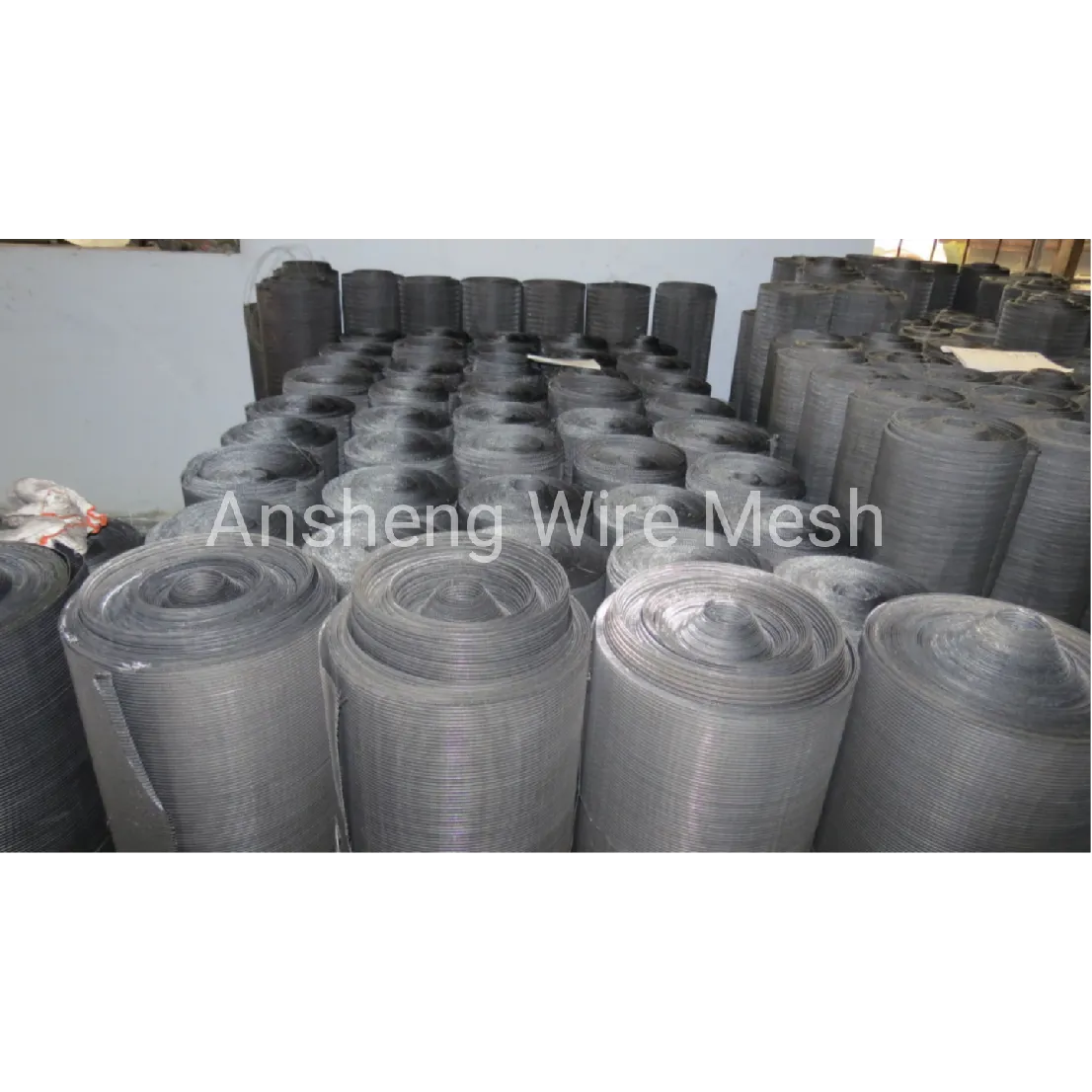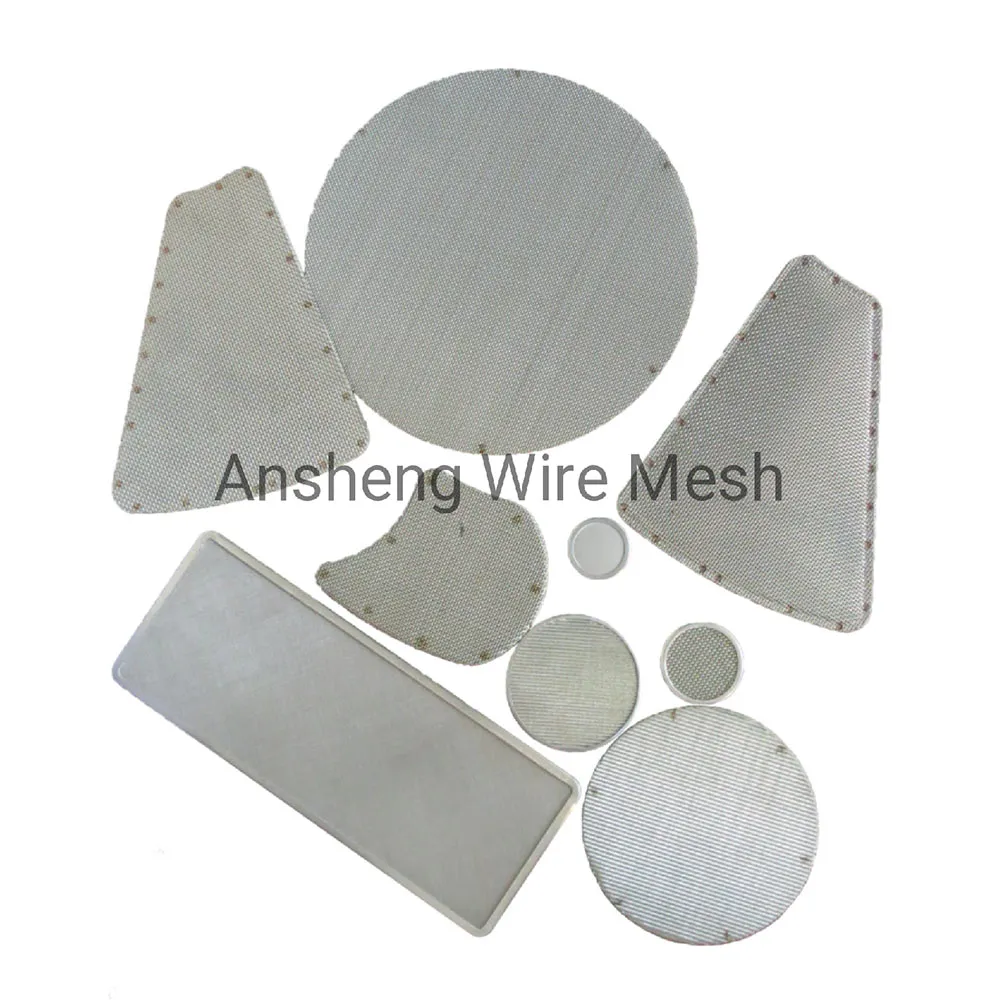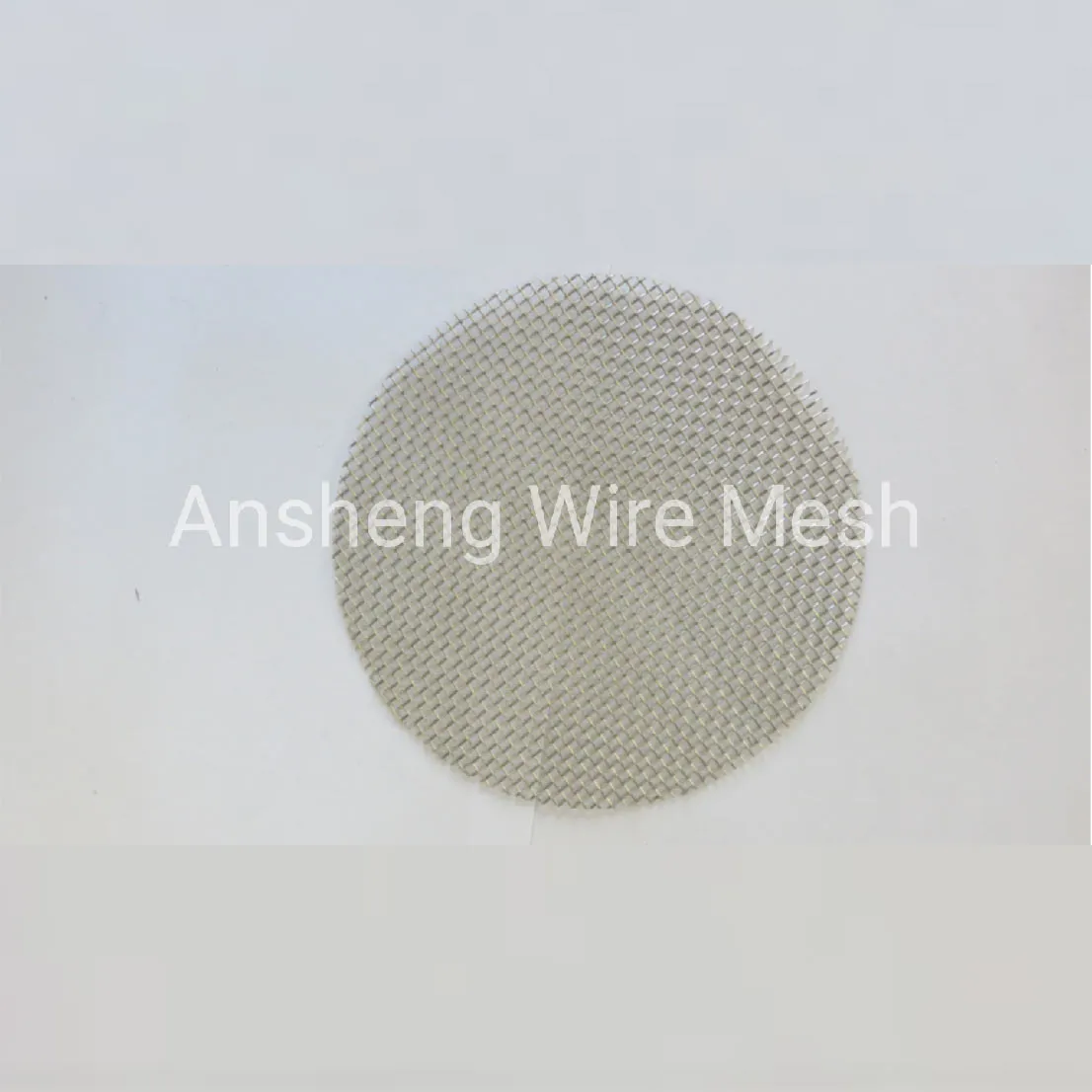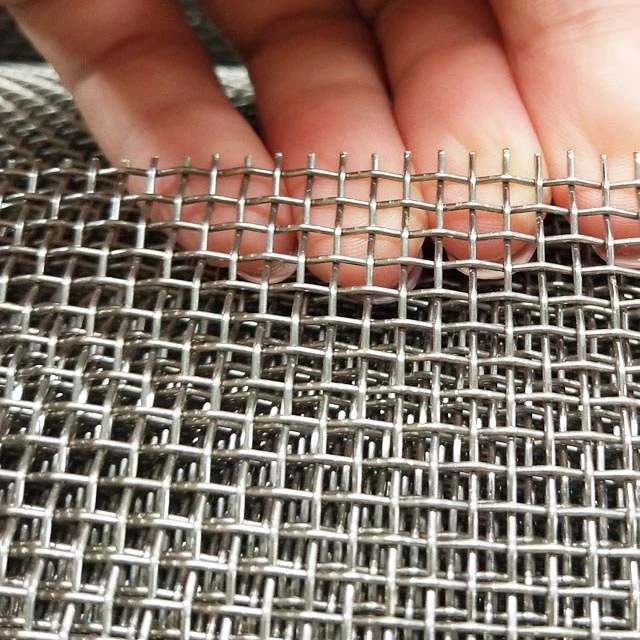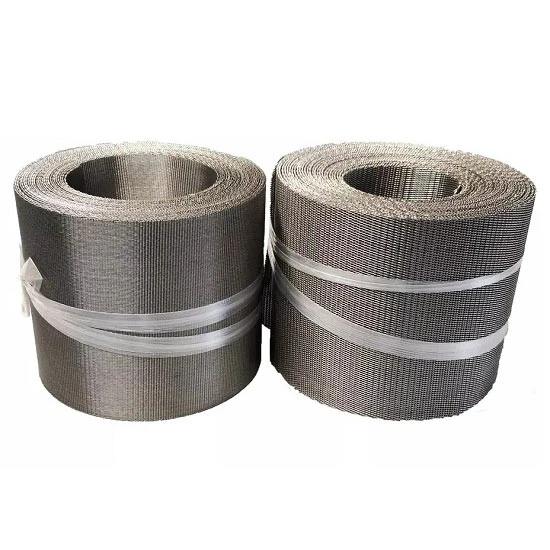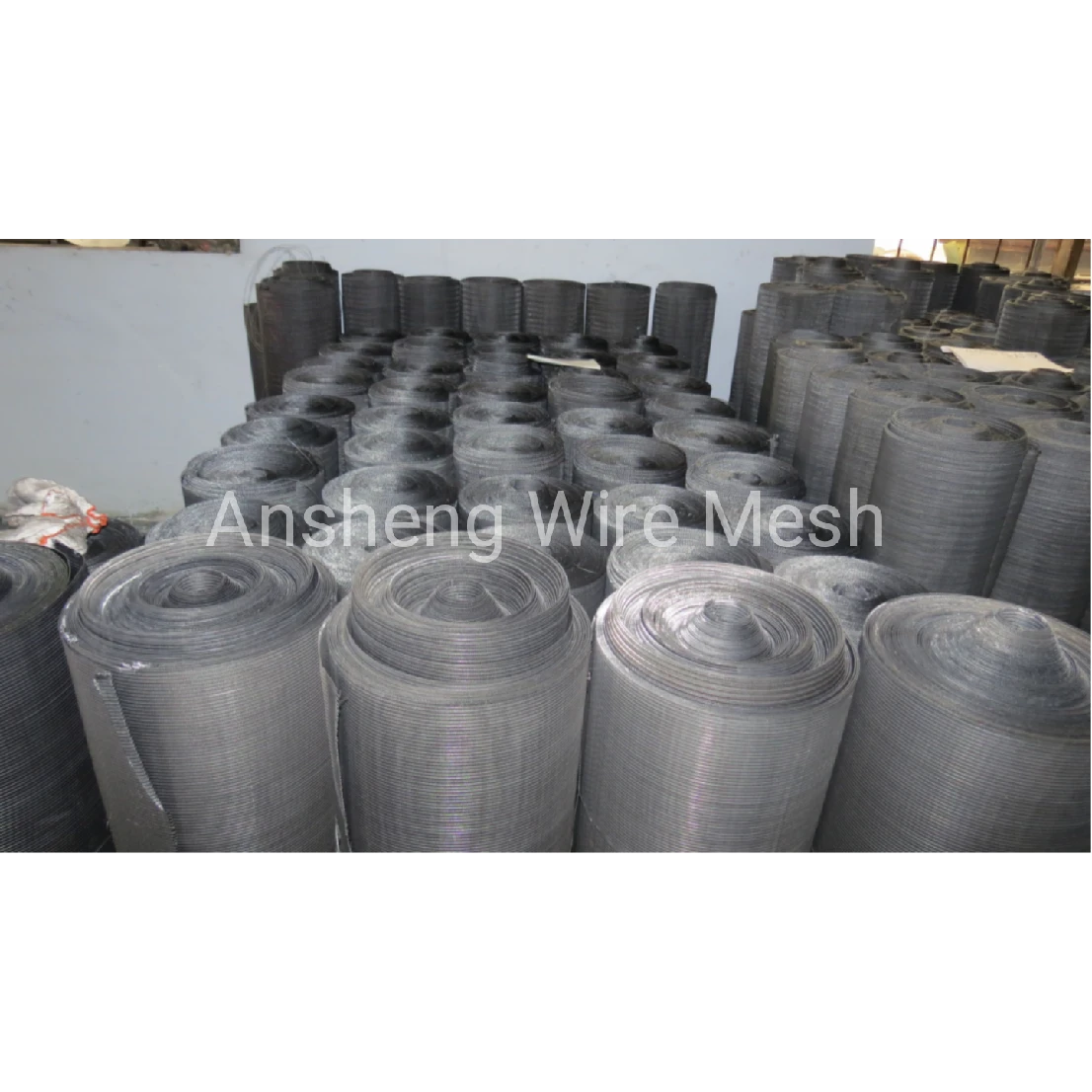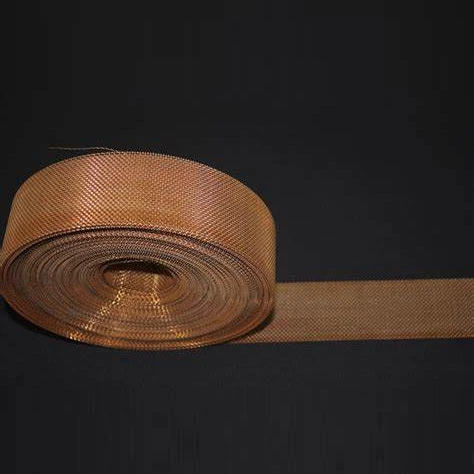Understanding Cutting Metal Mesh: Why It Matters in Today’s Industry
Cutting metal mesh might not be a phrase you hear every day, but it’s quietly shaping sectors from construction to disaster relief across the globe. At its core, this technology involves shaping fine wire or sheet-based mesh into precise, usable components, often essential in safety, filtration, and structural applications. The global metal mesh market was valued at roughly $6 billion in 2023, according to industry reports, and is expected to grow steadily as industries demand stronger, more cost-effective materials with tailored performances. Whether it’s in industrial sieving, anti-intrusion fencing, or architectural design, mastering cutting metal mesh technologies unlocks benefits like enhanced durability, customization, and environmental sustainability. In simple terms—getting the cut right means reliability, efficiency, and sometimes, life-saving sturdiness. ---Why Cutting Metal Mesh is Crucial Globally
Industries from mining in South Africa to pharma labs in Germany rely on cutting metal mesh precisely. The global demand reflects a surge in infrastructure development, intensified by urbanization and technological advances. According to the United Nations, over 4 billion tons of raw metal were recycled worldwide in 2022—a number that underscores not just resource efficiency but also the necessity for cutting processes that minimize waste. However, challenges abound, like managing precision at scale without exorbitant costs or material failure. For instance, in civil engineering projects, poor mesh cutting can lead to structural weaknesses, jeopardizing safety. Conversely, advancements in cutting techniques can drastically boost the lifespan of installations such as protective barriers or filtration screens. Mini takeaway: The cutting of metal mesh isn’t just about shaping material; it’s about ensuring global infrastructure performs reliably and sustainably. ---What Exactly is Cutting Metal Mesh?
Putting it plainly, cutting metal mesh is the method of slicing or shaping wire mesh products into specific dimensions or patterns, tailored for particular uses. This process can be manual, mechanical, or automated, involving tools like shears, lasers, water jets, or plasma cutters. The end goal: create a mesh product that fits exact design and performance criteria. Beyond simple trimming, this connects deeply to various fields like automotive manufacturing, environmental control, and even humanitarian aid — think of rapid-deploy fencing that protects refugee camps or improved filtration in hospitals. The precision of cutting directly impacts durability, effectiveness, and sometimes even the ease of installation. ---Key Aspects of Cutting Metal Mesh
Durability and Strength
A good cut maintains the integrity of the metal wires or sheets, preventing fraying or bending that compromises strength. Engineers often stress: a strong mesh starts with a clean cut. Without it, protective features like anti-corrosion coatings or mesh density can falter.Precision and Customization
Custom shapes or sizes meet diverse needs — from small industrial filters to large-scale physical barriers. Advances in laser and CNC cutting now mean tighter tolerances than ever, and in real terms, this translates to less waste and improved fitting for complex structures.Cost Efficiency
Reducing scrap material and speeding up processing times lowers overall costs. It’s a delicate balance: cut too quickly or roughly, and you risk production delays or rework. Many companies report that investing in better cutters ultimately slashes their per-piece expenditure.Scalability and Speed
From prototype batch runs to mass production, cutting metal mesh must be flexible. Automation plays a part here, speeding operations while retaining consistency — crucial for global distribution.Environmental Impact
Because metal production is energy-intensive, minimizing waste through optimized cutting isn’t just good for the budget — it aligns with sustainability standards like ISO 14001, increasingly important to clients worldwide. Mini takeaway: Achieving the perfect cut blends technology, finesse, and smart process management — all pivotal for metal mesh quality. ---How Cutting Metal Mesh Serves Diverse Industries
Metal mesh gets everywhere, but the cutting part varies wildly: - Construction: custom-shaped mesh for reinforcement or decorative facades in urban centers like Dubai or Singapore. - Mining & Filtration: screens that separate aggregates in South America depend on precisely cut mesh for wear resistance. - Medical & Pharmaceutical: sterile, micro-cut mesh as filters or containment barriers in labs worldwide. - Humanitarian Applications: rapid-deploy modular mesh fences used in emergency shelters or refugee camps in conflict zones. - Architecture & Art: intricately cut patterns create visually appealing yet functional cladding in modern buildings across Europe. Take, for example, a mid-sized African NGO that used precision-cut mesh fencing for a post-disaster water filtration plant. The quality of the cut directly affected not only setup time but water purity outcomes—underscoring how critical the process is beyond “just metal.” ---The Real Benefits: Cutting Metal Mesh Well
Cutting metal mesh carefully isn’t glamorous, but it’s dependable. The tangible upsides: - Longer product life: less wear, fewer replacements. - Cost reductions: less scrap, faster installations. - Enhanced safety: consistent, reliable mesh resists failure. - Better sustainability: optimized usage means fewer materials consumed. - Customer trust: quality control fosters supplier-client confidence. On an emotional level, delivering a stable, well-cut product contributes to safety and dignity in, say, humanitarian housing or secure infrastructure—things often overlooked but essential to real-world impact. ---Emerging Trends On the Horizon
Frankly, the future looks exciting. Some notable innovations: - Smart cutting machines: AI-driven CNC systems that adapt in real-time. - Laser technology improvements: enabling ultra-fine mesh shapes with little heat damage. - Eco-friendly coatings: less toxic finishes linked to cutting conditions. - Integration with Industry 4.0: automated systems connecting cutting, inspection, and inventory seamlessly. - New composite meshes: combining metals with polymers or graphene layers for hybrid advantages. The big picture: cutting metal mesh will become faster, greener, and smarter — all with less human oversight, but hopefully more thoughtful engineering. ---Common Hurdles and Practical Solutions
Despite all that progress, challenges remain: - Material distortion: Thin wires bend easily if cuts aren’t smooth. - Cost of automated equipment: high initial investments can intimidate small shops. - Consistency at large scales: maintaining tight tolerances in mass runs is tough. - Supply chain disruptions: delays in raw materials affect lead times. Solution-wise, many engineers advocate for hybrid cutting approaches — manual pre-cutting with automated finishing, for example — or partnerships with specialized providers who handle complex jobs to share risk. Training and adopting ISO process standards also help. ---Frequently Asked Questions About Cutting Metal Mesh
Q1: What’s the best cutting method for stainless steel mesh?A: Laser cutting is often preferred for stainless steel mesh due to its precision and clean edges, reducing material distortion and maintaining corrosion resistance. Water jet cutting is another option, especially where heat damage must be avoided. Q2: How can I ensure minimal waste when cutting metal mesh?
A: Optimizing layout and nesting of mesh pieces before cutting helps, plus regular maintenance of cutting tools to ensure clean slices. Using software to design cutting paths can greatly reduce scrap. Q3: Is automated cutting cost-effective for small batch orders?
A: Not always. For small runs, manual or semi-automated cutting might be more economical due to setup costs. But newer, flexible automated systems are closing this gap. Q4: How does cutting metal mesh support sustainability?
A: Precise cutting reduces scrap and material usage, conserving resources. Additionally, better quality cuts extend product lifespan, which reduces replacement and overall environmental impact. ---
Product Specifications: Typical Cutting Metal Mesh Equipment
| Feature | Laser Cutter | Water Jet Cutter | Mechanical Shear |
|---|---|---|---|
| Cutting Thickness | Up to 20 mm | Up to 25 mm | Up to 6 mm |
| Precision (Tolerance) | ±0.1 mm | ±0.2 mm | ±0.5 mm |
| Speed | Fast | Moderate | High for thin mesh |
| Heat Affected Zone | Yes | No | No |
| Typical Use | Precision components, complex shapes | Heat-sensitive materials, thicker mesh | Straight cuts, simple shapes |
Vendor Comparison: Popular Cutting Metal Mesh Providers
| Vendor | Technology | Customization | Lead Time | Price Range |
|---|---|---|---|---|
| Ansheng Filter Screen | Laser & Water Jet | High | 2-4 weeks | Mid to High |
| SteelMeshPro | Mechanical Shearing | Medium | 1-3 weeks | Low to Mid |
| MeshCraft Solutions | Advanced Laser Cutters | Very High | 3-6 weeks | High |
Wrapping Up: The Cutting-Edge of Cutting Metal Mesh
The art and science of cutting metal mesh is a quiet but vital engine behind modern infrastructure and industrial innovation. It’s where precision meets durability, where cost meets efficiency, and where sustainability is quietly embedded in every slice. Whether you're part of a mining operation, a humanitarian mission, or venturing into architectural marvels, understanding and optimizing cutting metal mesh can make a huge difference. We’d be remiss not to invite you to explore more on this intricate topic — visit us at Ansheng Filter Screen for tailored solutions that match your exact needs. ---Reference Notes
Post time: Nov . 19, 2025 01:00
